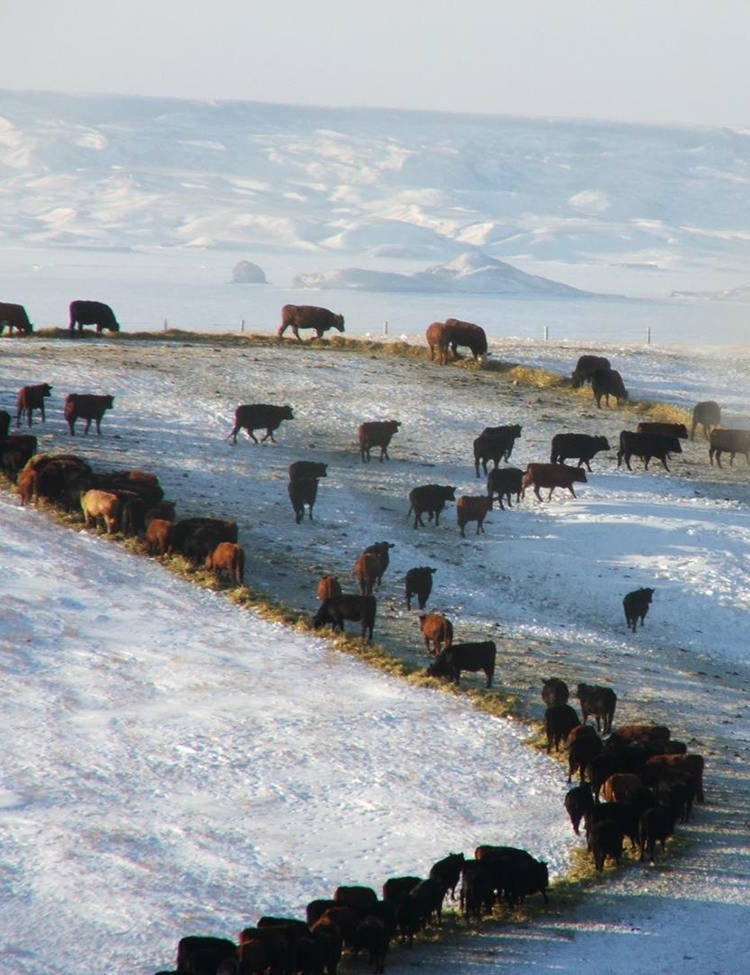It was made official last month and the fortunately the impact to the beef industry was limited to those affected.
The quarantine of around 45 farms in Alberta, Saskatchewan and Manitoba due to the investigation of bovine tuberculosis has finally been lifted, with the final few farms seeing restrictions removed on Feb. 12.
In October 2016 bovine TB was found in a single cow from a southern Alberta ranch after it had been shipped to a U.S. slaughterhouse. A further look found five more infected animals in the initial herd, but no other cases in the 150 other herds that were tested. However, more than 11,500 cattle were destroyed as a result of the largest ever investigation of its kind by the Canadian Food Inspection Agency (CFIA).
Karin Schmid, a production specialist with the Alberta Beef Producers (ABP), said the lifting of all the quarantines is good news for the industry as well as the producers affected.
“While we are still awaiting some final culture results before the investigation can be officially declared closed, these cultures are from the lowest risk category of cattle, and we believe there is a very low probability of any of these cultures coming back positive,” Schmid stated.
“It should be noted that the producers involved with the investigation did deal admirably with a very difficult and highly stressful situation that was no fault of their own. This event also highlighted the necessity to plan for unforeseen circumstances — disease related or not — and boosted awareness of the importance of emergency preparedness.”
Schmid noted that all of the producers who wished to replenish their cattle herd have finished the first round of restocking, with the next round slated for this fall.
The CFIA will release a report on the investigation later this spring, but stated in a release that no source of the infection has been found.
As for the impact, there was none on the trade front as Canada retained its TB-free status from the beginning.
“There were significant impacts to individual producers who either had to depopulate their herds or withstand extended quarantines during earlier stages of the investigation,” she stated.
“But, the financial impacts were mitigated by both the compensation provided by the CFIA for animals ordered destroyed and the financial assistance rendered by the Canada-Alberta Bovine Tuberculosis Assistance Initiative for extraordinary costs incurred as a result of the investigation.”
That compensation included $39 million to producers for the destroyed animals and $16.7 million for quarantine costs to go along with the tax relief provided with those payments.
As a follow up, a meeting was held recently with representatives from the CFIA, the Alberta and Saskatchewan governments and various national and provincial industry stakeholders to review the investigation.
Schmid noted discussions were held on how industry and the CFIA can be better engaged if a future incident occurs in order to enhance the response and improve in several other areas.
“This was a very constructive meeting, with all participants speaking honestly and transparently about both government and industry’s strengths, areas for improvement, collaborative opportunities, and keeping the lines of communication and engagement open,” she added.
